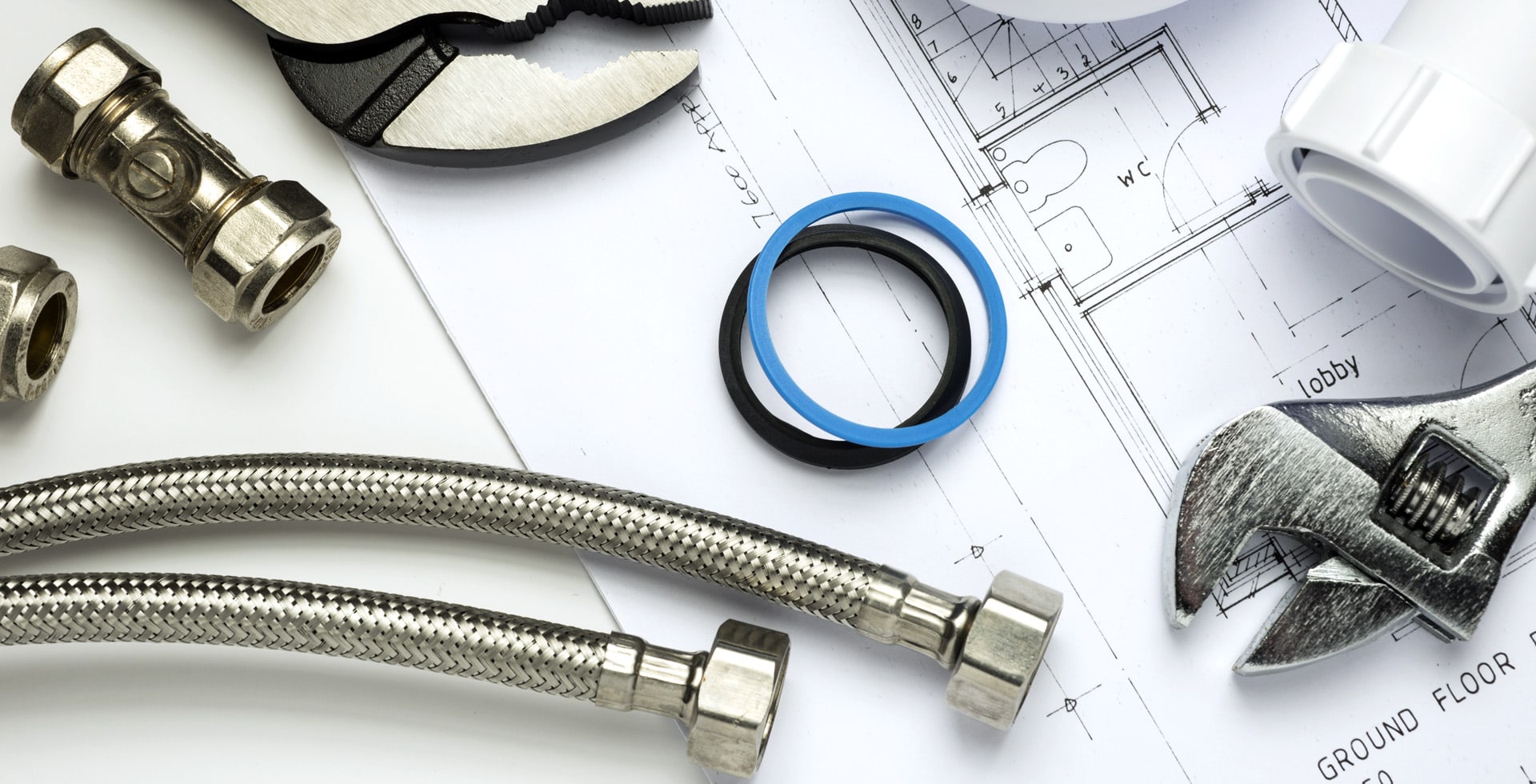“`html
What Goes Into a Roof Inspection Before Installation
Roof installation is a significant investment, and ensuring a successful outcome starts well before the first shingle is laid. A thorough roof inspection is essential to assess the condition of your current roof, identify potential issues, and determine the best course of action. This blog post examines the critical aspects of a roof inspection before installation, ensuring that homeowners understand the importance of this step in the roofing process.
Understanding the Importance of Roof Inspections
Roof inspections play a vital role in the overall health of your roof and home. They allow contractors to:
- Identify underlying issues that could affect the new installation
- Ensure compliance with local building codes
- Evaluate the roof’s structural integrity
- Estimate the lifespan of the new roofing materials
By performing a detailed inspection, contractors can develop a comprehensive plan that addresses any immediate needs while preparing for a successful installation.
Key Components of a Roof Inspection
A professional roof inspection covers several critical areas. Below are the key components that roofing experts assess:
1. Exterior Examination
The exterior of the roof is the first area to inspect. Key factors include:
- Shingle Condition: Inspecting for any damaged, cracked, or missing shingles.
- Flashing Integrity: Ensuring that flashing around chimneys, vents, and skylights is secure and properly sealed.
- Gutters and Downspouts: Checking for blockages, rust, or degradation that could impact water drainage.
- Roof Penetrations: Examining areas where pipes, vents, or other structures penetrate the roof.
2. Interior Inspection
While the exterior condition provides important data, the interior inspection is equally crucial. Inspectors look for:
- Signs of Water Damage: Stains or discoloration on ceilings and walls that indicate leaks.
- Attic Condition: Checking for proper ventilation and insulation, as well as signs of moisture buildup.
- Structural Integrity: Evaluating the rafters and trusses for any signs of sagging or stress.
3. Safety and Code Compliance
Ensuring that the existing structure adheres to local safety regulations is critical. Inspectors will verify:
- Building Codes: Compliance with local building codes and standards.
- Safety Hazards: Identifying potential safety issues, such as loose or unstable materials.
4. Roofing Material Assessment
The choice of roofing material is essential for durability and performance. Inspectors evaluate:
- Material Compatibility: Determining if the existing roofing can support new materials.
- Environmental Impact: Considering the climate and weather conditions to choose appropriate materials.
The Roof Inspection Process
The roof inspection process involves several steps, ensuring a comprehensive evaluation before installation.
- Initial Assessment: Gaining an understanding of the homeowner’s concerns and any existing issues with the roof.
- Detailed Examination: Conducting a thorough inspection of both exterior and interior components of the roof.
- Documentation: Recording findings with detailed notes and photographs to share with the homeowner.
- Report Generation: Preparing a comprehensive report that outlines findings, recommendations, and any necessary repairs.
Repair Recommendations and Next Steps
After a detailed inspection, roofing professionals will provide recommendations based on the findings.
- Repair Quotes: Estimating costs for any necessary repairs or remediation work.
- Material Selection: Assisting homeowners in choosing appropriate roofing materials for the new installation.
- Project Timeline: Establishing a timeline for both repairs and installation, ensuring minimal disruption.
Conclusion
A roof inspection before installation is not merely a preliminary step; it is a crucial aspect that sets the foundation for a successful roofing project. By understanding the importance of a detailed inspection and the components involved, homeowners can feel confident in their choices and ensure that their roof installation meets all necessary standards and expectations. Remember, investing time and effort in a thorough inspection can help prevent costly repairs down the line and enhance the longevity of your roof system. For the best results, always choose experienced professionals who understand the intricacies of roof inspections and installations.
“`

